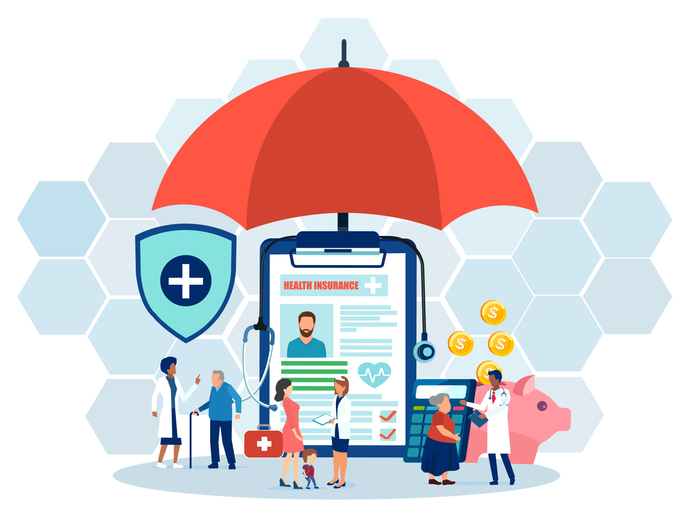Today’s healthcare consumers expect both mobile and social interaction with their healthcare providers. The dilemma for the pharmacy industry is to balance delivering a mobile and social experience for consumers while staying within the regulatory framework.
A Small History Lesson
The first historical mention of pharmacies and drug stores dates back to the 8th century, in Baghdad. By the 9th century, these pharmacies were state regulated. In Europe, Frederic II issued a separation between physicians and “apothecary” professionals back in 1240.
But enough history — the key point here is that pharmacy care has been regulated for centuries, and for a good reason.
Today, the speed of information sharing between individuals has taken the healthcare industry by storm. Healthcare consumers are online, mobile and are finally getting a peek into the complex world of health care and their own health. When it comes to drug prescriptions, the dollar cost of self-re-prescribing or in-general non-adherence reaches into the billions, just in the US alone.
Mobile and Social – At the Heart of Consumer Engagement
Large pharmacy chains and PBMs all have released mobile apps to engage with and help healthcare consumers manage their prescriptions with the ability to do drug-to-drug interaction checks, provide educational materials, and the much needed ability to refill their prescriptions on-the-go for pickup or home delivery. There are a slew of other providers such as iPharmacy and GoodRx that give consumers options on pricing, show the best and closest location, and offer a fully mobile experience.

A Deep-dive Into Specialty Pharma
A specialty drug is a class of prescription medications used to treat complex, chronic or rare medical conditions. Although this classification was originally intended to define the treatment of rare, also termed “orphan” diseases, affecting fewer than 200,000 people in the US, more recently, specialty drugs have emerged as the cornerstone of treatment for chronic and complex diseases such as cancer, autoimmune conditions, diabetes, hepatitis C, and HIV/AIDS.
Numerous forums and Q&A sites allow consumers to discuss drug side effects, compare stories and experiences, and ask general questions. Both WebMD and Drugs.com are good examples, as are patient-focused rare disease sites like PatientsLikeMe and SmartPatient.
To get the caregivers (formal and informal) involved around drug adherence, new and innovative dispensing devices have also made it to the market, such as AdhereTech. Proteus Digital Health is a tiny pill within a pill that communicates to a small BandAid-size band on your body and then out to their private cloud, to report on adherence to the drug regimen to both you and your caregivers.
The Pharmacist’s Dilemma
Here comes the pharmacist’s dilemma: at the core, the role of a pharmacist is to advise patients. Notoriously, it has been done in the pharmacy setting where the pharmacists develop a personal bond and get to know the patient. With social media advances, the lines of communication are now open beyond the four walls of a pharmacy, but also are subject to full transparency and potential exposure of private patient health information.
Furthermore, the art and science of pharmacy care is all about knowing the patient and his or her history, drug regimen, and preferences. I am a huge believer that social engagement online is key to the future of pharmacy care, but there is no GPS guiding us in this journey and hence there are many roads we can take as an ecosystem.
How we get there remains blurry, but will we get there? Absolutely!













